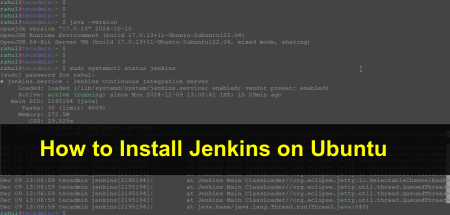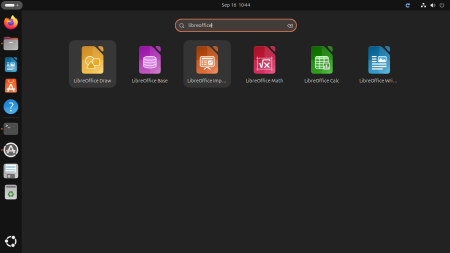Linux is an operating system that is widely used in server environments, and it is becoming increasingly popular for desktop use as well. If you are new to Linux, you may be wondering how to shut down or reboot the system. In this article, we will provide you with a beginner’s guide to shutting down or rebooting Linux with step-by-step instructions.
Step 1: Open the Terminal
To shut down or reboot Linux, you need to open the terminal. The terminal is a command-line interface that allows you to interact with the system. To open the terminal, you can use the shortcut key combination of “Ctrl + Alt + T”. Alternatively, you can click on the Terminal icon in the Applications menu.
Step 2: Enter the Shutdown or Reboot Command
Once the terminal is open, you can enter the shutdown or reboot command. The shutdown command is used to shut down the system, while the reboot command is used to restart the system.
- To shut down the system immediately, you can enter the following command:
sudo shutdown -h nowThe “sudo” command is used to run the command with administrative privileges. The “-h” option specifies that the system should be halted after the shutdown process is complete. The “now” option specifies that the shutdown should be executed immediately.
- To reboot the system immediately, you can enter the following command:
sudo rebootThe “sudo” command is used to run the command with administrative privileges. The “reboot” command instructs the system to restart immediately.
After entering the shutdown or reboot command, you will be prompted to enter the current user password.
Step 3: Wait for the Shutdown or Reboot to Complete
After entering the password, the system will begin the shutdown or reboot process. The amount of time it takes to complete the process depends on the system’s hardware and the number of running processes.
During the shutdown or reboot process, you may see messages on the screen that indicate the progress of the process. Once the process is complete, the system will either shut down or restart, depending on the command you entered.
Conclusion
In conclusion, shutting down or rebooting Linux is a straightforward process that can be accomplished with just a few commands. By following the step-by-step instructions provided in this beginner’s guide, you can safely shut down or reboot your Linux system without encountering any issues. Remember to always enter the root password when prompted to ensure that you have the necessary administrative privileges to perform system-level tasks.



